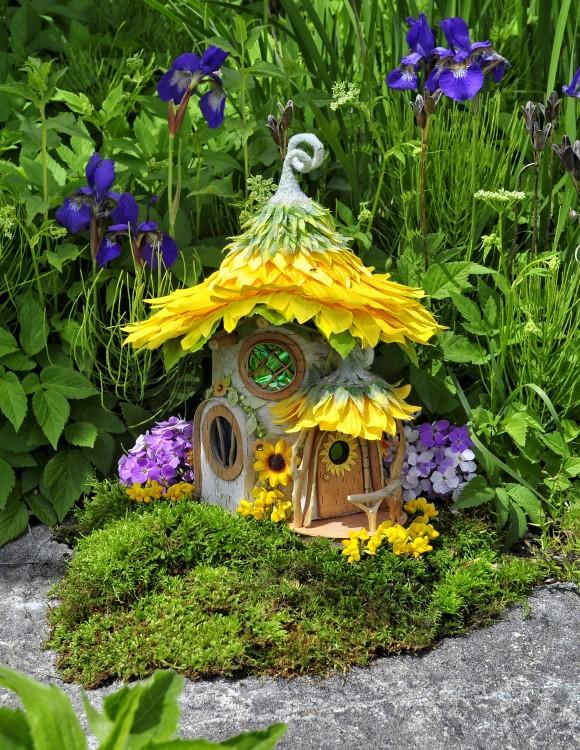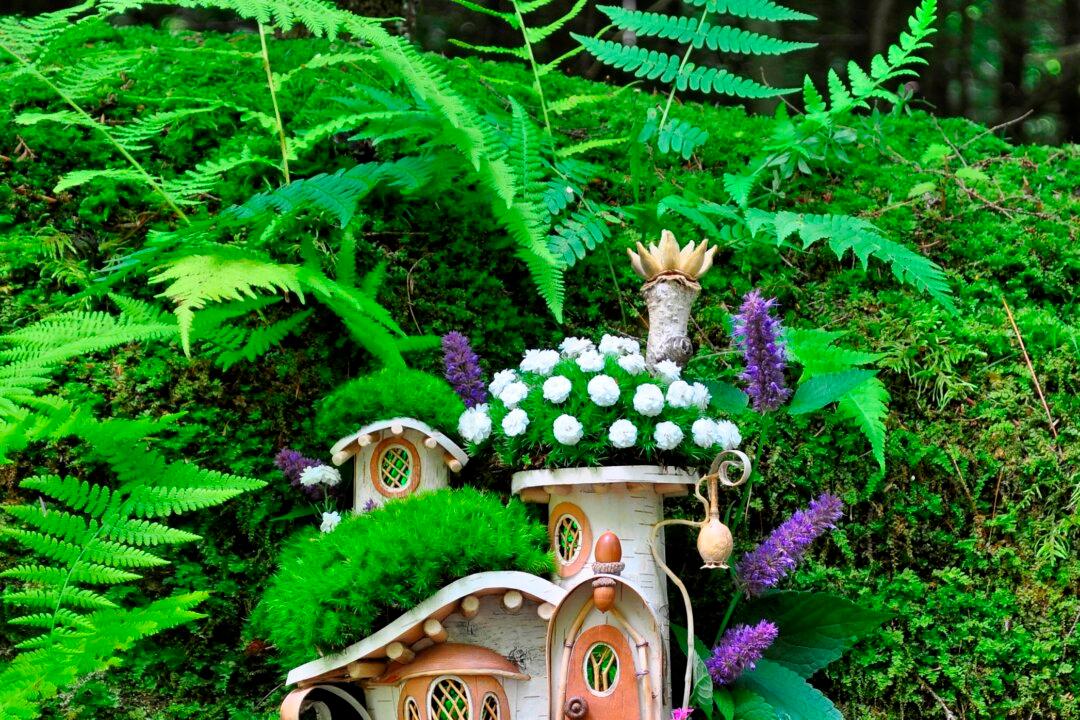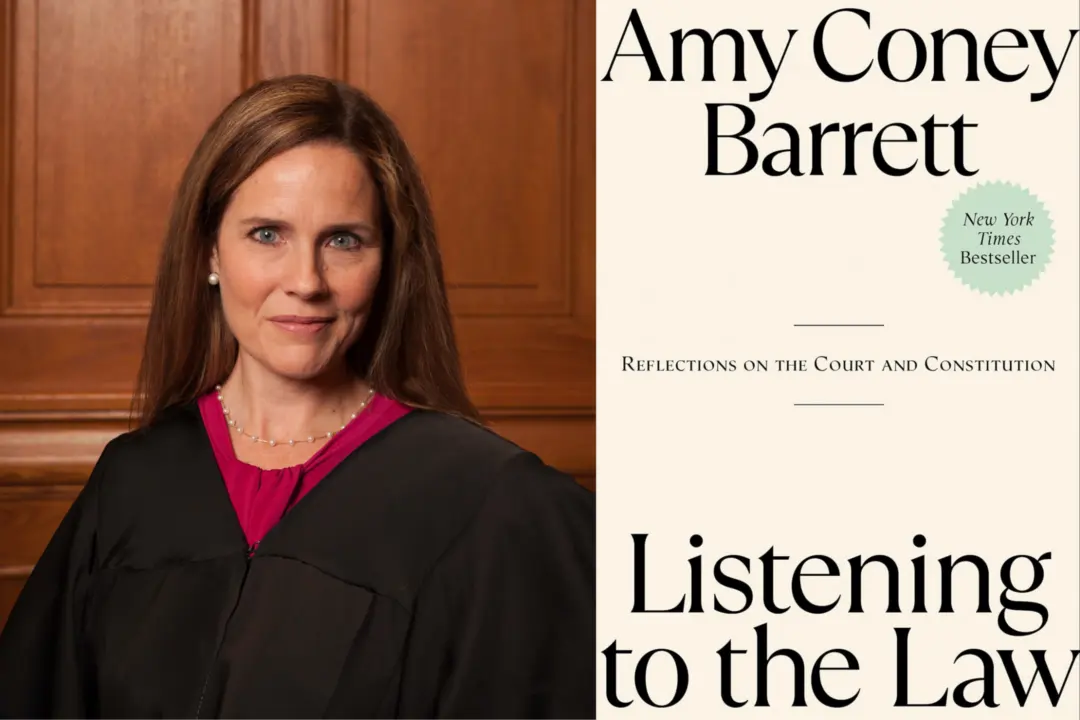Fairies, the magical creatures that shimmer in the forest, were for many years believed to be hidden in the woodland landscapes of Monhegan Island, Maine. The locals there made small houses especially for them.
During a visit to the island, author and illustrator Tracy Kane was so inspired by the small structures—created out of natural materials and built in woods, beaches, backyards, schoolyards, gardens, and so on—that she wrote several books about them. Her children’s book series, fostering outdoor activity, creative thinking, and problem-solving skills, popularized the building of fairy houses both in the United States and around the world.
Like the locals on Monhegan Island, Sally J. Smith made houses in the woods for fairies from a very young age. That special connection to the outdoors stayed with her. Now she considers herself an environmental artist and makes stunning sculptures she calls “Eartherials” that echo the beauty of a special place or a moment in time. These sculptures often exist for only a few minutes, or hours at most. When she is finished building them, she creates a visual record of each piece.
A decade ago, Smith decided to re-connect with her childhood passion and began experimenting with fairy houses as an extension of her environmental works. These structures, she believes, are at the intersection of form, materials, and the need for home. Each house, usually between 12 and 18 inches tall, is a refuge, she says, that brings the observer back to the natural world, and to there be infused with a sense of magic and beauty.






